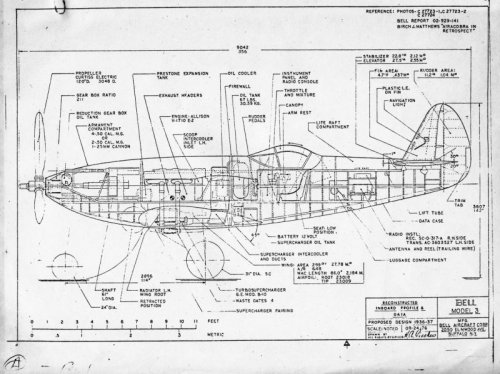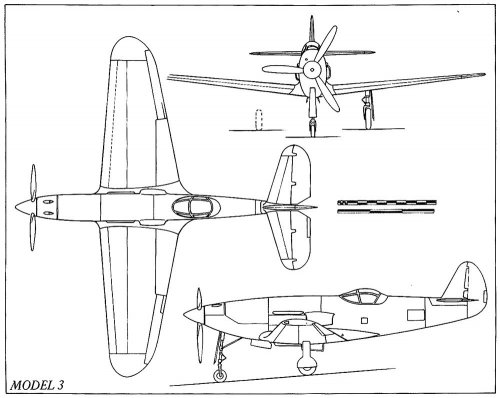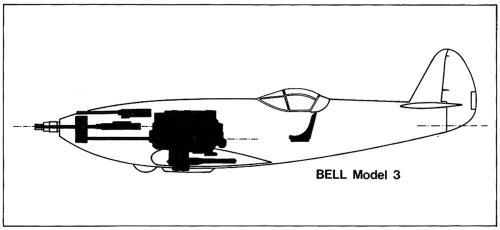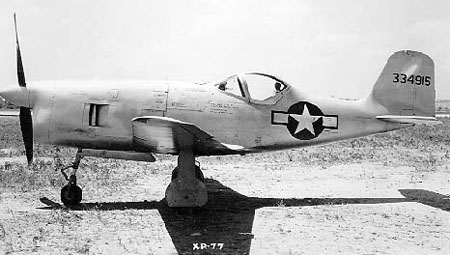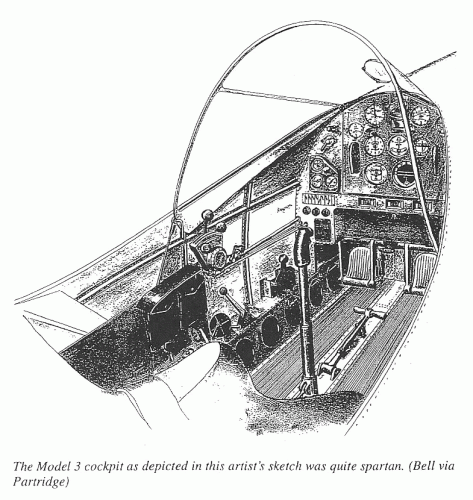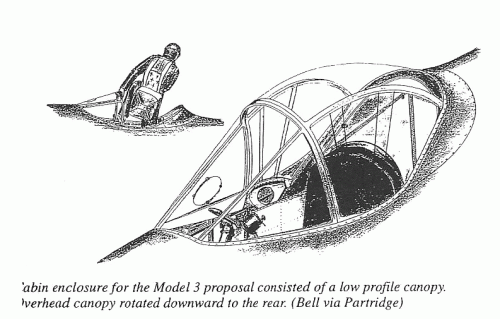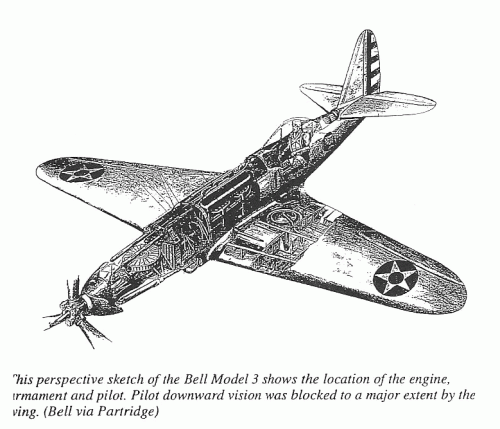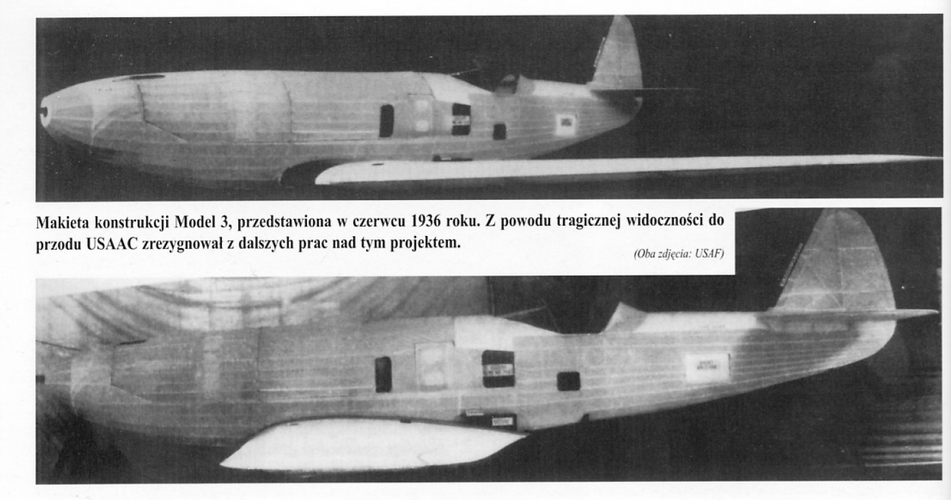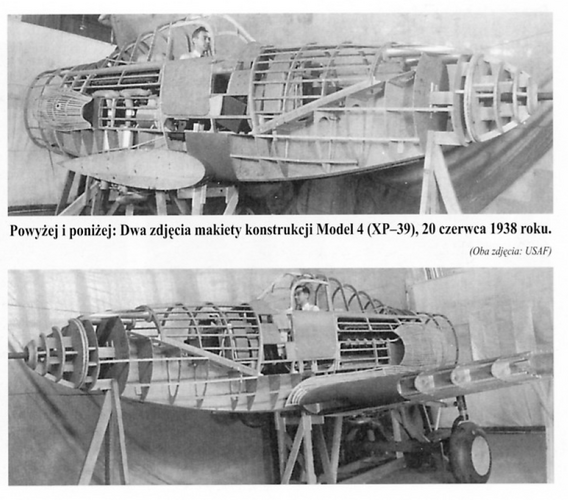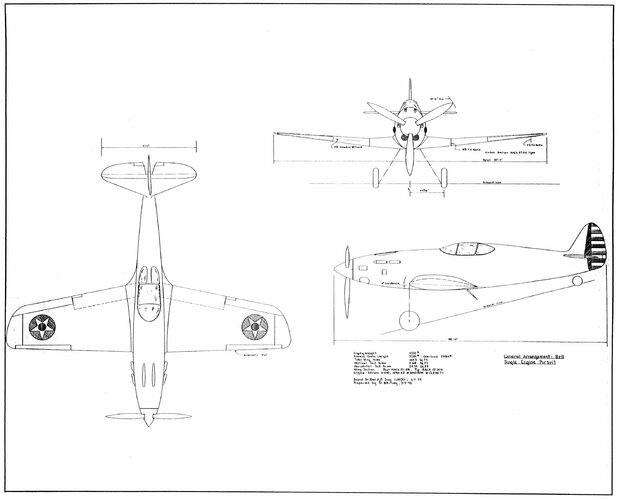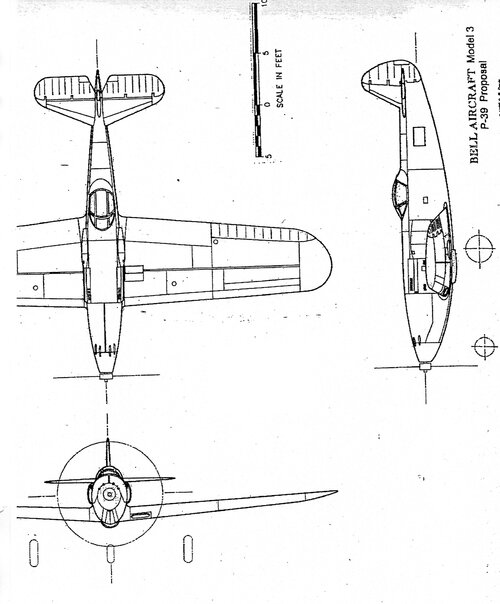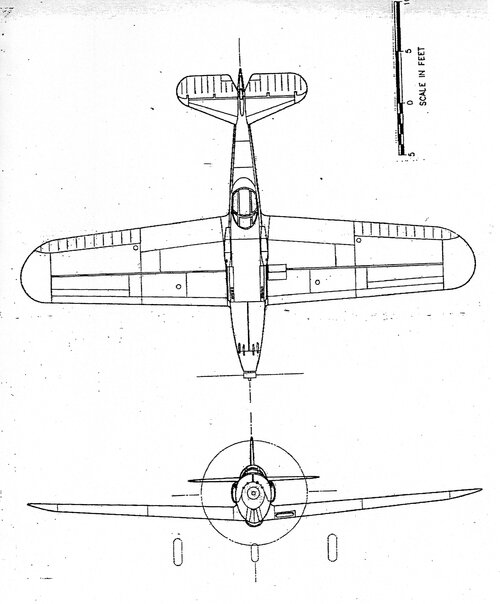Snake, Genesis of the Bell P-39 Airacobra
Western world historians agree that the 1930s were the “Golden Age of Aviation.” Indeed this decade recorded both advancement and maturity where hit and miss aircraft design and construction techniques birthed aircraft that either succeeded or failed. Aircraft design slowly matured from metal framework “rag” (slang for fabric covering) covered open-cockpit biplanes to advanced models displaying sliding canopies, retractable landing gear, increased horsepower and radios that sometimes worked. Period engineers influenced the materials chosen for aircraft construction such as, duralumin (aluminum known as 2017 initially used to construct Zepplins and aircraft in Germany during WWI), to aluminum alloys in various strengths according to the percentage of added metals. Later pure aluminum powder consisting of a five percent thickness covering on each side of aluminum sheets was pressure rolled onto them - called lclad, it resisted corrosion. Fuselage structures morphed from a welded metal framework to semi-monocoque fuselages composed of formers and stringers, held rigid by sheet-metal skins riveted to them. This engineering approach yielded a lighter, tougher and rigid non-flammable airframe yet, ailerons, elevators and rudders remained fabric covered into WWII. By the mid-1930s most engineers adopted a design philosophy whereby one of the two sets of wings were eliminated thus they were either high or low mounted; this new trend further morphed into low mounted single-wing monoplanes. Meanwhile, powerplant engineers improved the only two powerplant choices available — the air-cooled radial and liquid-cooled inline or V engine; it slowly yielded incremental horsepower increases, stronger internal parts, improved reliability and efficiency. Aerodynamic advances were inserted in the yearly updated reference manual known as the Handbook for Airplane Designers, a guideline for aircraft designers. This included accessory and propeller firms, the latter constantly researching propellers that efficiently utilized the horsepower output of a particular engine.
Western aviation advancement was boosted by the innovative research tool called the wind tunnel, as evidenced by the U.S. Government creation of a research entity the National . . .

